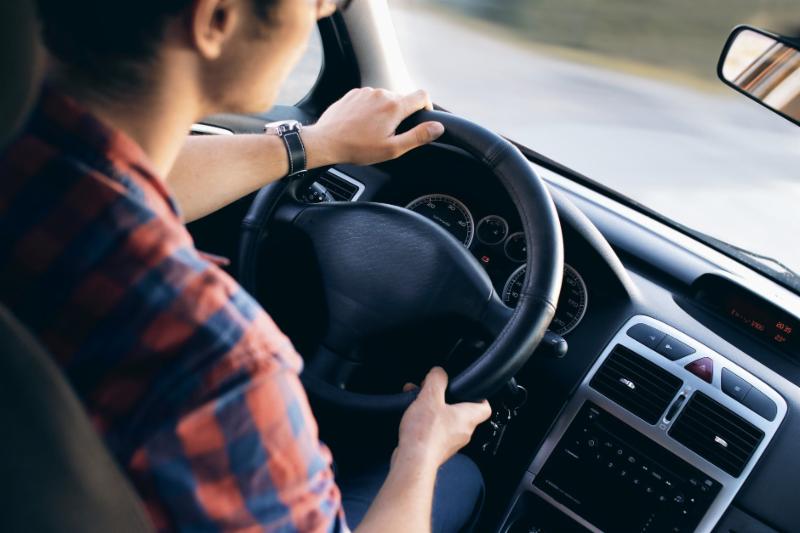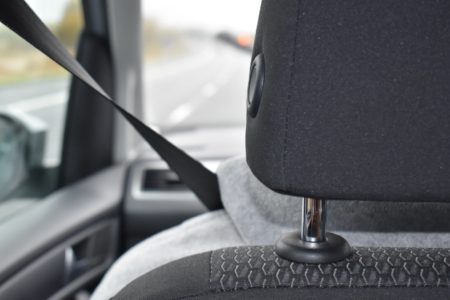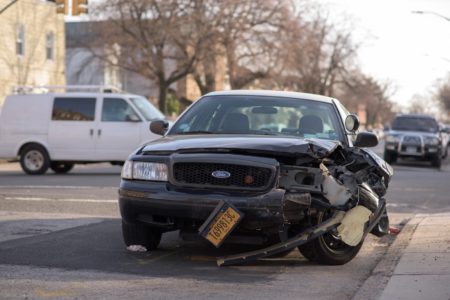 Collisions involving teenage drivers escalate during the summer months*
Collisions involving teenage drivers escalate during the summer months*
Cyclists and motorcyclists take advantage of the warm weather by being out on the road more often. Driving maneuvers such as parking and turning right can be dangerous. If you need to pass them, make sure you leave enough space and check your blind spots. People on bikes have the same rights as people behind the wheel – but far less protection!
With your teen at home for summer vacation they are likely to want increased access to the family vehicle. Teenagers need to understand what is expected from them when they take the car. Signing a safety agreement is an excellent way to eliminate any confusion.
Did you know? On a 27-degree day, temperatures inside a vehicle can reach fatal levels in mere minutes?* Make sure teens know never to leave pets or young siblings in the car unattended. Cracking the windows will not prevent the vehicle from heating up to dangerous levels.
Driving schools normally offer 10 hours of in-car lessons. However, teenagers need a minimum of 100 hours of in-car practice in various different driving conditions. Summer is the perfect opportunity to practice as your teenager will have more time at home. Practicing a few hours every week will ensure your teen is better prepared to be on the road.









